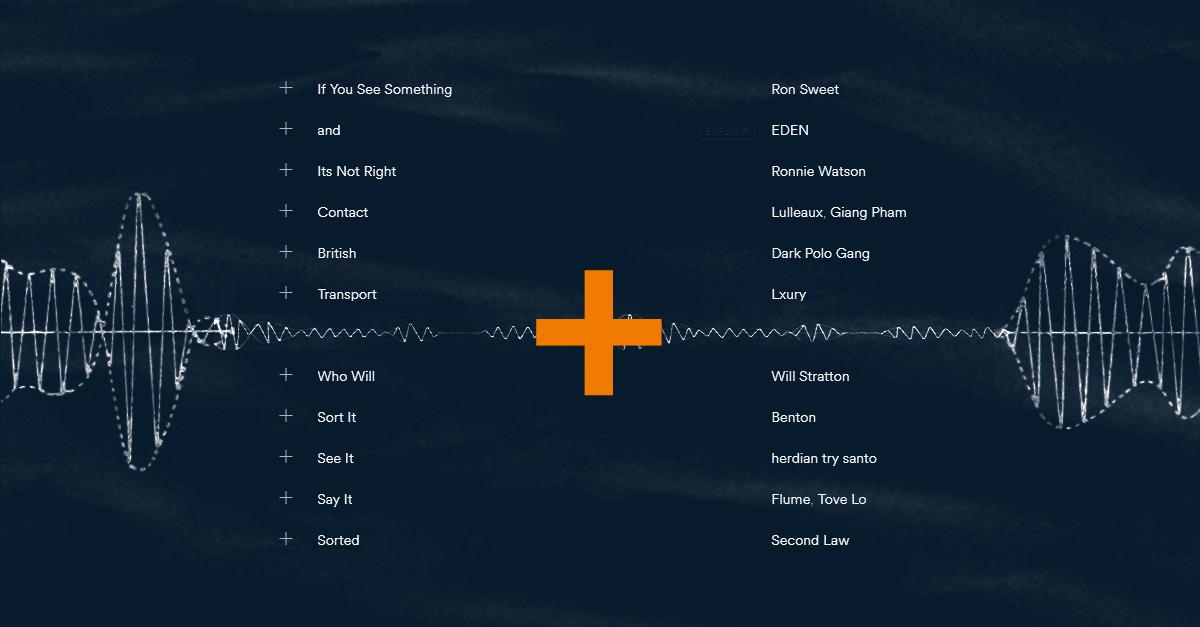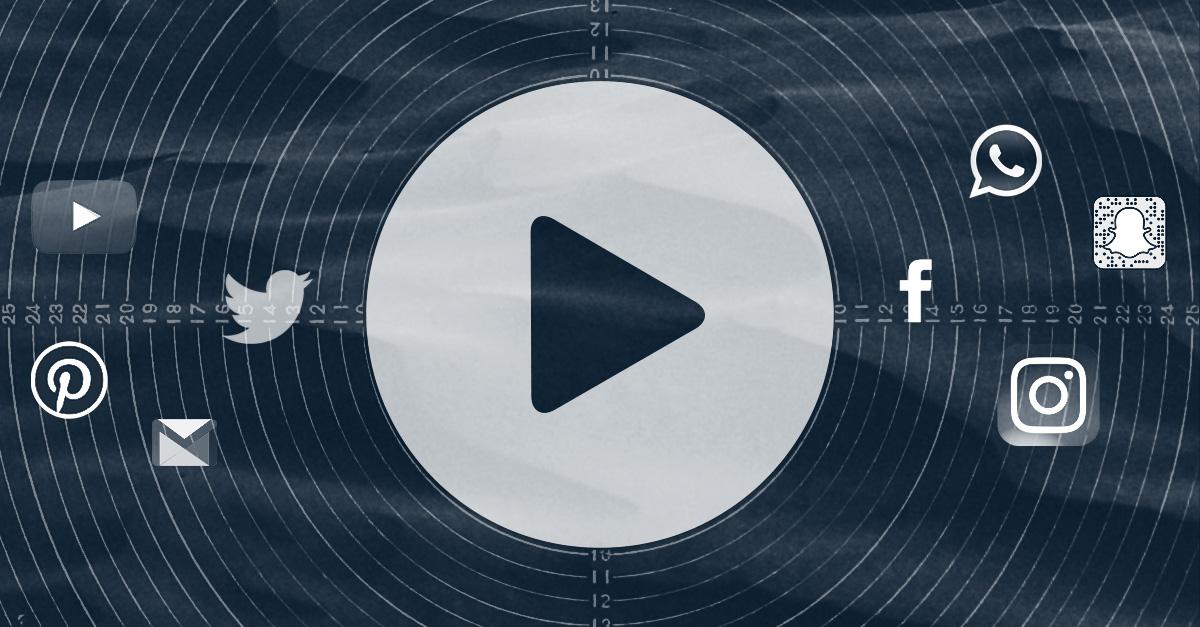Playlists and music blogs are some of the most important channels for passing new music from creators to fans.
The people who curate them are often die-hard music lovers obsessed with getting the freshest tracks directly from the source.
These are the tastemakers you want to have on your side, so you need to reach out to them the right way. But reaching out can be intimidating, confusing and frustrating.
So here’s 6 things to remember when contacting playlists and blogs.
1. No mass emails
This is the first and most important rule of outreach. The people you’ll be contacting probably receive hundreds of emails a day from hopeful musicians looking for coverage.
Mass emails are impersonal at best and off-putting at worst. Nothing kills your chances of getting posted more than a generic message copied to hundreds of email addresses.
Nothing kills your chances of getting posted more than a generic message copied to hundreds of email addresses.
Instead, personalize every single email you send for every recipient. That sounds like a lot of work—and it is. But anything you can do to increase the chances of getting a response is a huge help.
Remember that one post from a reputable source can generate a huge amount of visibility. Even if just one out of 100 emails gets a response, it’s worth it in the end!
2. Target the right channels
Tastemakers can tell from your first sentence if you’ve actually visited their sites and listened to the tracks they post.
Take the time to fully research everyone you contact and familiarize yourself with their content. That way you can focus your outreach on the channels that are most relevant to your music.
Don’t bother cluttering up the inbox of someone who deals with a completely different genre, or is extremely unlikely to post your music.

Blogs and playlists are communities. Word can get around if an artist is engaging in spammy behaviour. So don’t do it!
3. Be clear about what you want
There’s not much bloggers or playlist curators can do with an email that consists of nothing more than the dreaded “check out my SoundCloud.”
A simple request to listen is not usually actionable enough to translate into good coverage.
A simple request to listen is not usually actionable enough to translate into good coverage.
Instead, state the goals of your message directly when you reach out. If you’re looking for a review of your album or a premiere of your single, say so upfront.
Hot Tip: Giving certain publications or playlists an exclusive can help your chances of getting featured. If possible, offer exclusives from your release to the curators you want most.

This will help curators know if what you’re looking for fits in with the rest of their content.
Of course, make sure you’re asking for the right thing. Your request needs to be in line with the format of the source you’re contacting, so know your audience.
4. Include context, but be brief
Blogs and online music magazines don’t need a full press kit to decide whether a track works for their feed.
In most cases, even a one-sheet is too much info to provide for basic coverage.
Your message should include only the essential bio details—like where you’re from and what genre you’re in—and maybe a single press quote or performance highlight as a hook.

Remember, keep it simple. Here’s an example:
Hi Stereogum,
We’re Gaia Fieri, a psych-folk trio from Austin, Texas. NPR called our set opening for Sleigh Bells “a highlight of day 2 at SXSW.”
I’m writing to ask for a review of our new EP Kill the Desert out January 31st on Trouble in Mind Records.
Here’s the link:
Thanks! And let us know if there’s anything else we can help with.
This type of message can fit into any busy day without sacrificing the essential info.
5. Follow up, but only once
Follow ups are a contentious subject in online music promotion. Some argue that additional emails are necessary, while others swear they do nothing but hurt your case.
If you’re on the fence, consider splitting the difference.
Make a note of the date you sent your email and follow-up only once, 2-3 weeks after your first message.
Don’t make your message an angry reminder. The last thing you want is to turn listening to your music into a chore for someone.
Don’t make your message an angry reminder. The last thing you want is to turn listening to your music into a chore for someone.
Make it constructive by asking for feedback or commenting on recent posts by them—and for goodness sake, follow up in the same email thread.
Starting a new one will only make it harder for the recipient to keep things organized.

6. Do your part to help
What happens if someone does decide to post your track? Your job isn’t over.
Artists and curators depend on each other for their work to succeed.
If an outlet makes a post about your music, the least you can do is link to their platform on all your channels to help promote the post.
If an outlet moves forward with a post about your music, the least you can do is link to their platform on all your channels to help promote the post.
The same way you’ll gain followers and fans from their post, you should be able to help them out a little bit. You probably have people in your circles who would like their content.
Be a good neighbour with your online music promotion!

Reach out right
Contacting blogs and playlists is one of the most exciting parts of music promotion. Get it right by reaching out in the best way possible.
Now that you have some ideas for how to contact music press, get out there and get posted.
The post How to Contact Blogs and Playlists in 6 Steps appeared first on LANDR Blog.